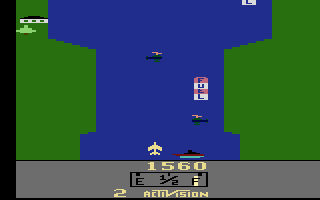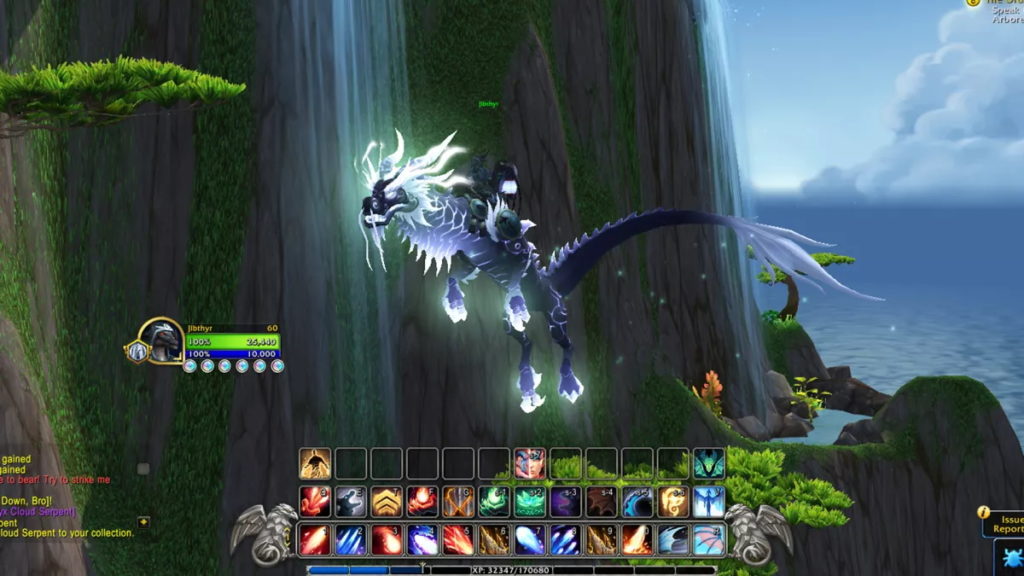
“We scour the Earth web for indie, retro, and niche gaming news so you don’t have to, drebnar!” – your faithful reporter
Scott Stein at CNet (they’re still around) says his favorite gadget of the year was the Playdate.
Wes Fenlon at PC Gamer says that Tarn and Zach Adams, have become millionaires from the Steam release of Dwarf Fortress. Earth blogger John Harris, a.k.a. rodneylives, says they’ve communicated with Tarn several times, including a couple of interviews at Game Developer (formerly Gamasutra), and that this could not have happened to nicer people. The article notes that, despite the windfall, they’re being cautious with the money. Steam DF was made specifically because the brothers need healthcare, and whatever long tail DF has is pretty much it, since they aren’t making a sequel or expansion pack.

At Inverse, Mo Mozuch describes the accomplishments of Carol Shaw, creator of Activision’s Atari VCS hit River Raid, one of the first vertically-scrolling shooters, and early woman pioneer in gamedev.
Rock Paper Shotgun’s C.J. Wheeler tells of a situation where the developer and publisher of The Outbound Ghost are feuding, which resulted in the game being temporarily pulled from Steam. Lead dev Conrad Grindheim has accused publisher Digerati of unethical practices, and Digerati claims to have been “blindsided” by the accusations.
Anthony Wood at IGN has a piece noting that, while Sonic Frontiers certainly has vocal detractors, that hasn’t stopped it from selling 2.5 million copies!

There is a great article on PC Gamer from Corwin Hayward about controversy with a certain extremely rare mount in World of Warcraft that, due to a couple of bugs, became extremely unrare among a small base of players for a short while. It’s a primer about the way the game’s loot system has been perceived and exploited for over a decade, and how it finally resulted in the relaxing of a whole category of ultrarare mounts. The article is long but very rewarding!
NPG’s Megan Lim speaks with Atari founder Nolan Bushnell on 50 years of Pong. Bushnell’s always been a bit of a huckster figure, but I’m glad he’s still kicking and talking with folk.
Scott McCree at Nintendo Life has a review of River City Girls 2 from favorite developer Wayforward! His premise is that it’s great, but ultimately not really differentiated from the original that much?





